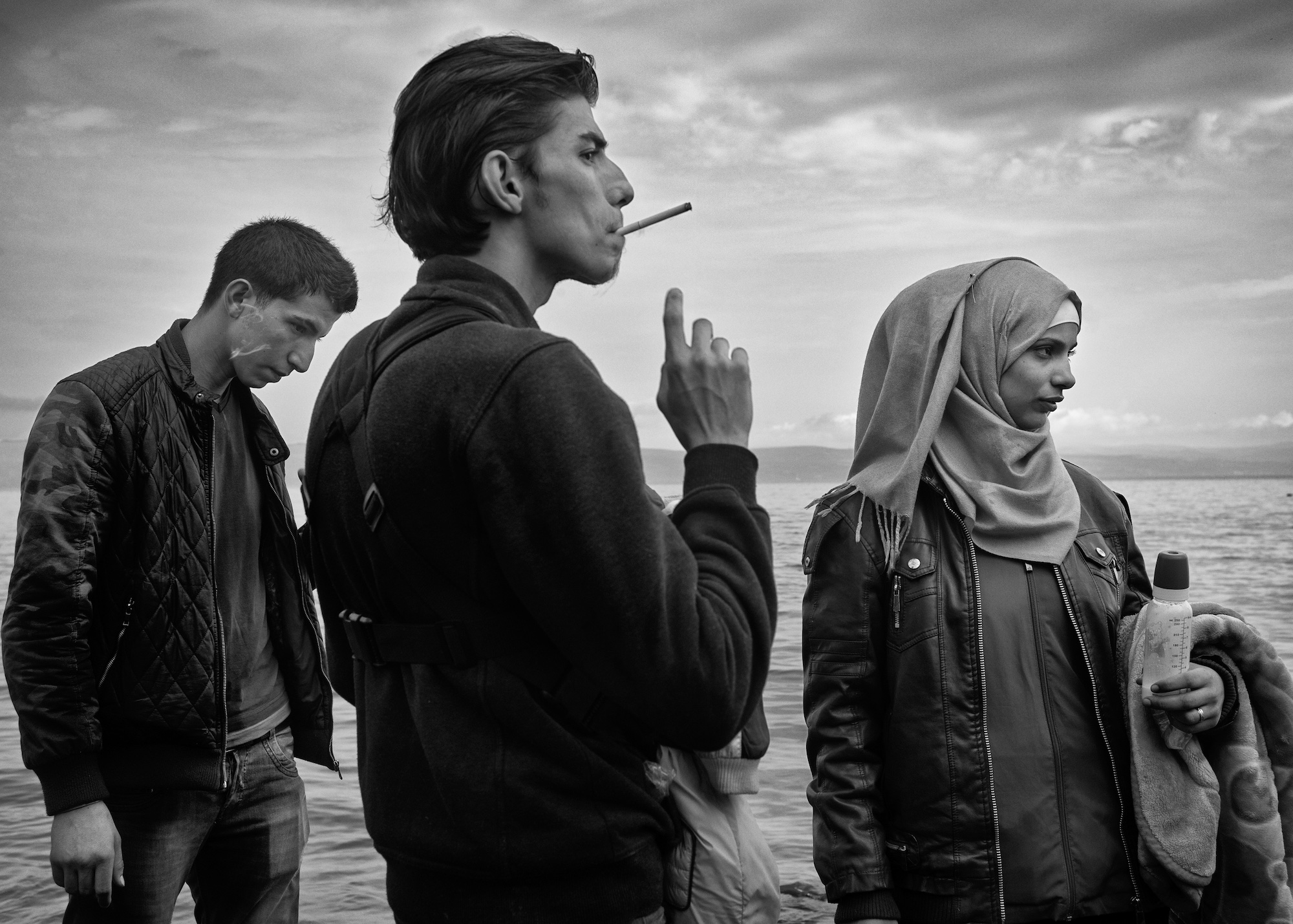NEWS
See Through the Noise was the first collective exhibition by VII in Arles, marking the acquisition of VII Photo by The VII Foundation in 2023. Among the most significant images depicting the events and issues they portray, the featured images serve as an enduring testament to the importance, within our fragile societies, of a bold form of journalism that is free of artifice and falsehood.

JUNE 2023
The dawn of the digital era enabled the creation of VII on the 8th of September 2001. Three days later, Al Qaeda attacked the United States. In the following months, while the burning dust of the Twin Towers still choked New York, all seven founding members documented the violence that followed. In the ensuing years, as the narrative of the new century was being written, they photographed the invasion and occupation of Iraq, the wars in the Middle East, and the chaos that smothered an unjust world. The name VII became synonymous with courageous and impactful photojournalism.
VII went small and photographer-owned. The photographers believed in the power and energy of intimate collective effort at a time when corporations were acquiring smaller photo agencies and consolidating what had been a rich and diverse ecosystem into giant conglomerates. VII was created to give its members independence and enhance their ability to work on stories that mattered in partnership with the world’s leading press. It created new opportunities the photographers could not imagine. But the digital revolution that enabled the growth of VII also precipitated a catastrophic loss in revenue for its clients in the press.
Photojournalism means taking risks; it requires initiative, resourcefulness, empathy, and courage. It also involves trust, imagination, collaboration, and partnership. Publications and the photo agencies that served them were once essential partners in the life of a photojournalist. But trying to sell the news to a public that expects it for free means the press has fewer resources to deploy independent photographers and commission original work. Consequently, the media and photo agencies now have less impact and influence on the production of visual journalism. So, what next?
Anticipating the shrinking space the media would occupy in the lives of photographers, The VII Foundation was created to innovate and lead in the non-profit arena, unlimited by the constraints of the editorial marketplace. One of its objectives is to train and support photographers as they continue scrutinizing a world in turmoil and hold those who crave power to account. Ours is a world where leaders regard facts as optional, human rights as an inconvenience, and where it is increasingly difficult to differentiate between artifice and truth. Even the word truth is hard to explain — and is best defined by being the opposite of something — falsehood.
This was the first collective exhibition by VII in Arles, and it marked the acquisition of VII Photo by The VII Foundation in 2023. The photographs featured are among the most significant images of the events and issues they portray. They are an enduring testament to the importance to our fragile societies of a bold form of journalism that is free of artifice and falsehood, and that is an essential pillar of The VII Foundation.
Encompassing photography bearing witness to historical events and critical review, selected work includes photography by Alexandra Boulat, John Stanmayer, Gary Knight, Ron Haviv, Christopher Morris, Maggie Steber, Nicky Sobecki, Franco Pagetti, Ziyah Gafic, Paul Lowe, Ilvy Njiokikjtinen, Sara Terry, Stefano de Luigi, Jocelyn Bain Hogg, Anush Babajanyan, Maciek Nabrdalik, Ali Arkady, Eric Bouvet, Ed Kashi, Seamus Murphy, Espen Rasmussen, Joachim Ladefoged, Philip Blenkinsop, Daniel Schwartz, Tomas van Houtryve, Linda Bournane Engelberth, Danny Wilcox Frazier and Ashley Gilbertson. Some of these works received the most coveted prizes in photography, such as World Press Photo of the Year, and were featured on pages of leading publications such as TIME magazine, National Geographic, Le Monde, The New York Times, Pari Match, others led to investigations to war crimes in Iraq and were used as court evidence in International Criminal Tribunal for the former Yugoslavia.